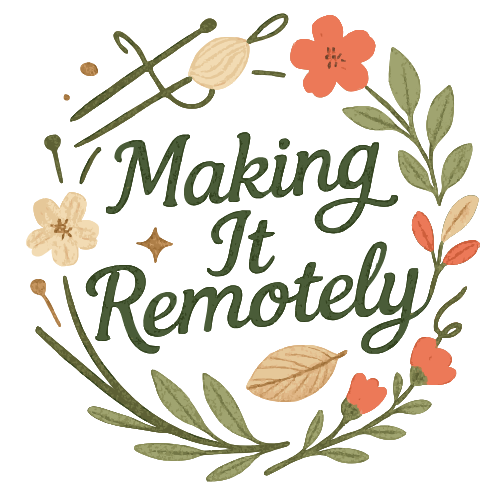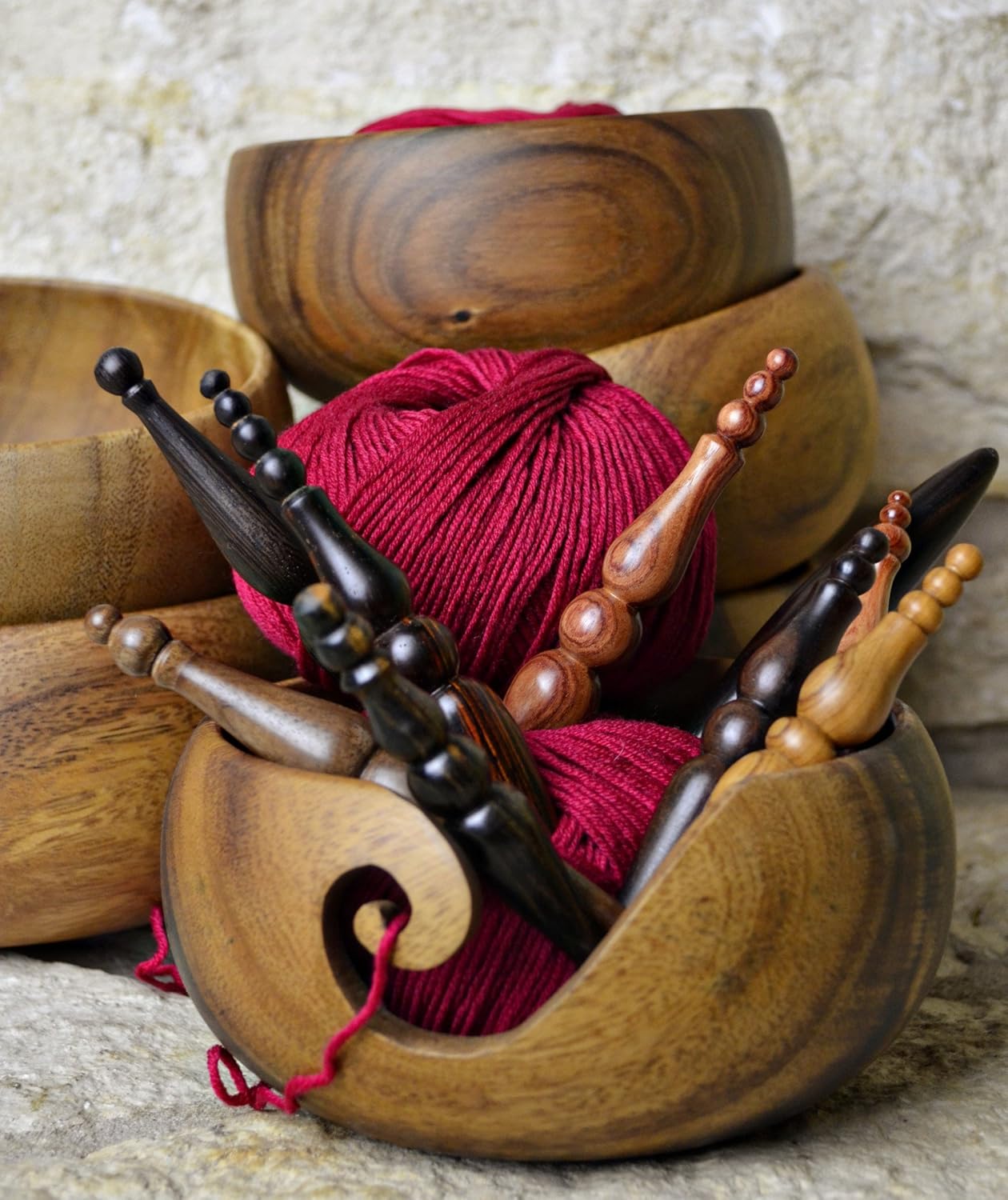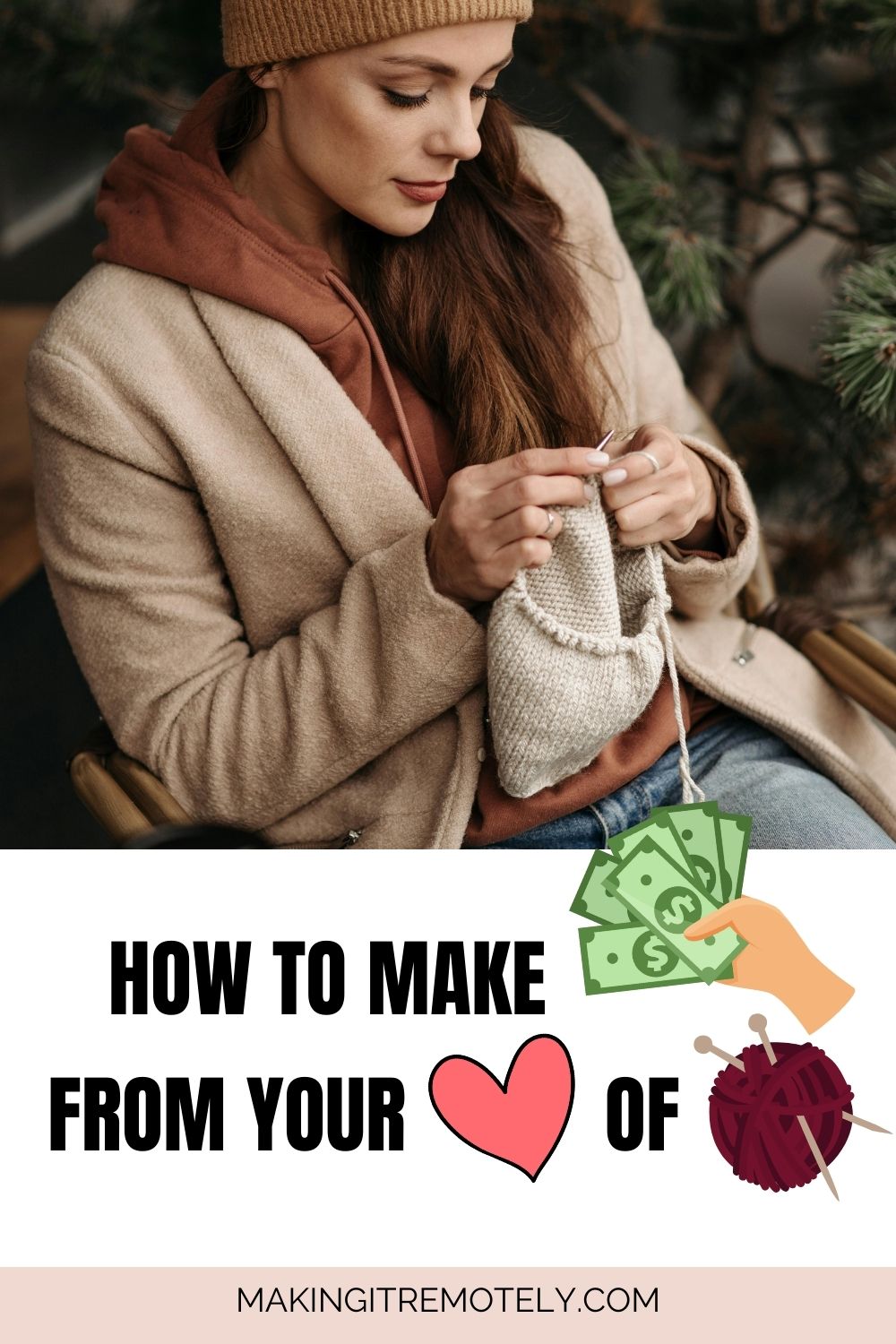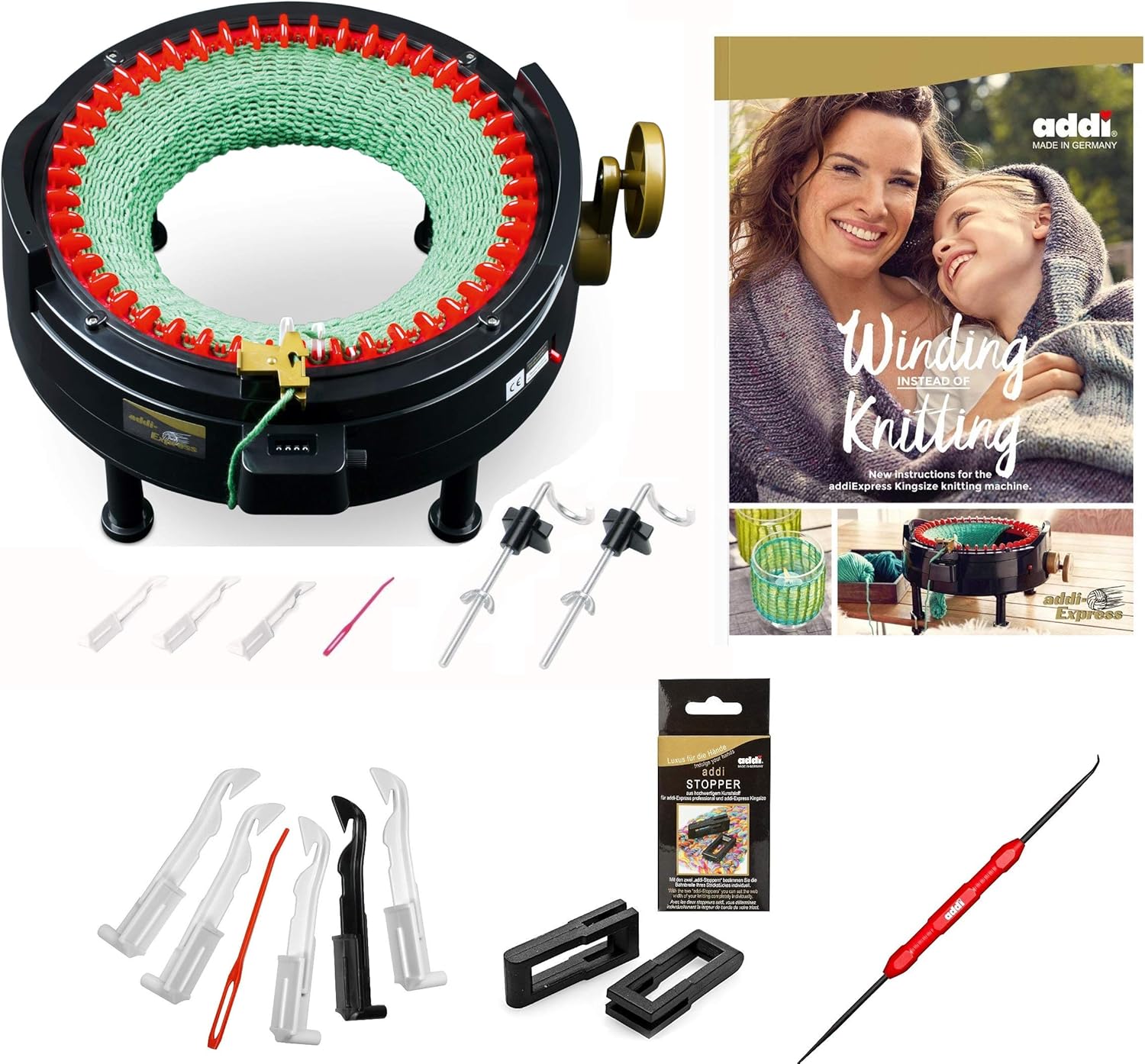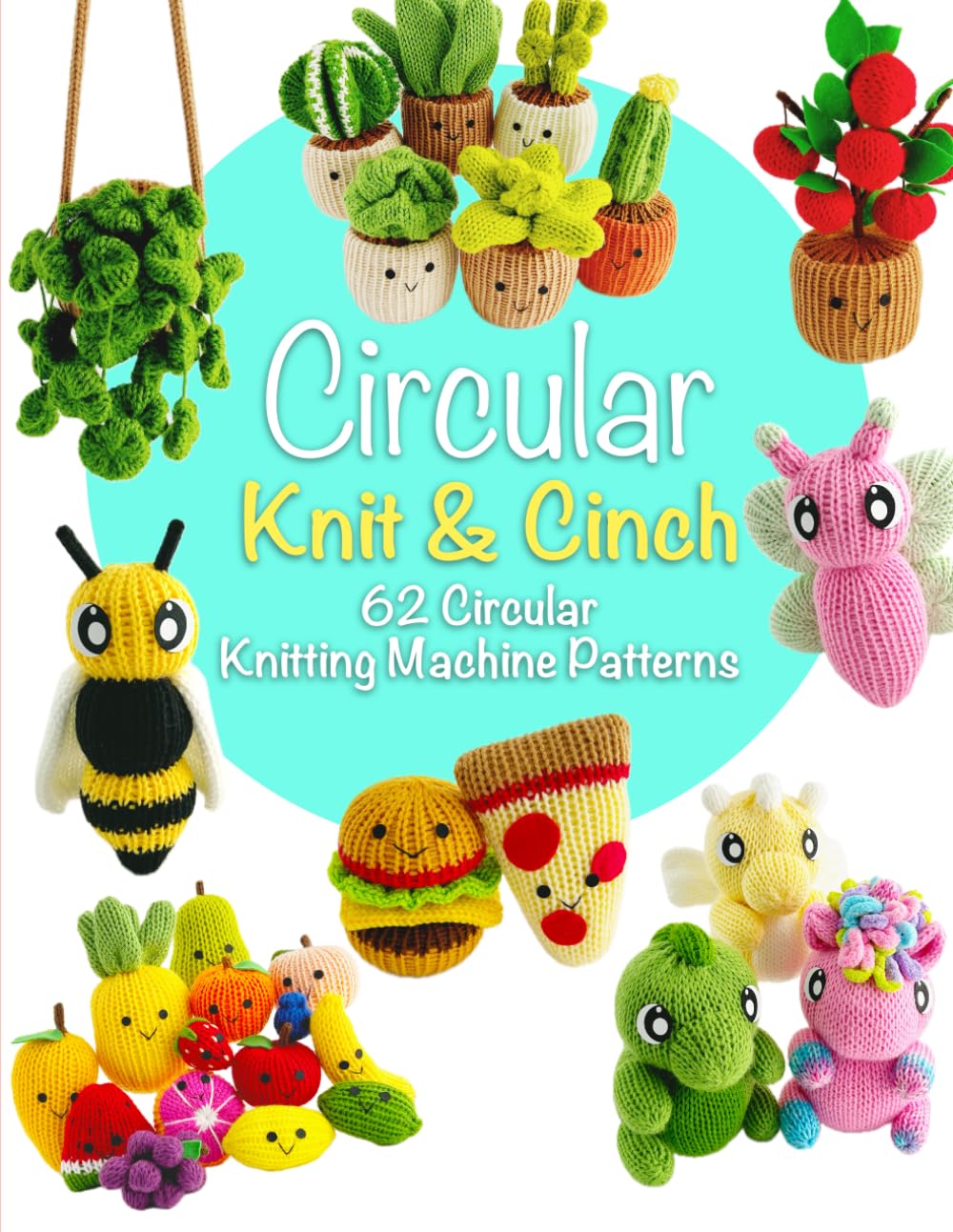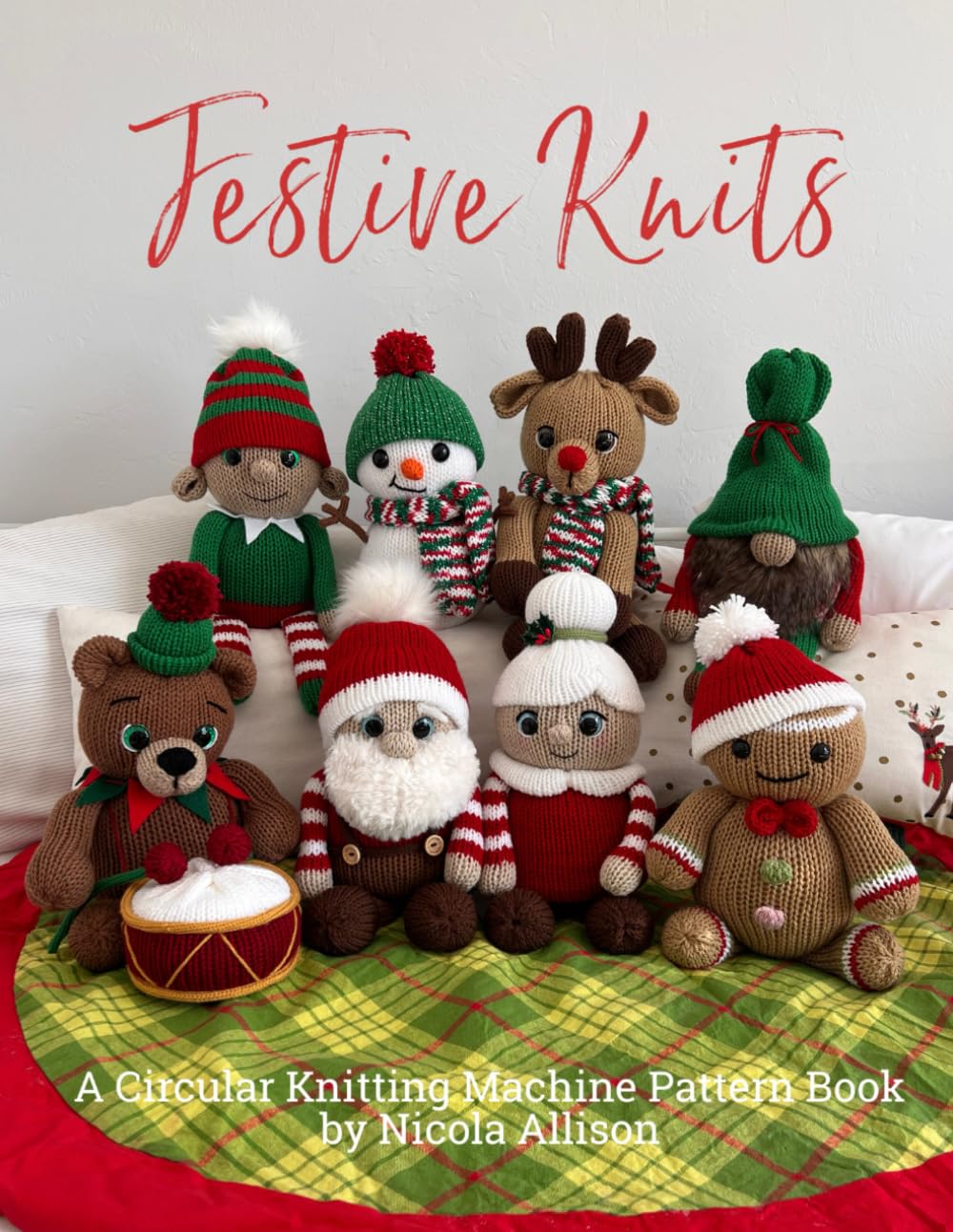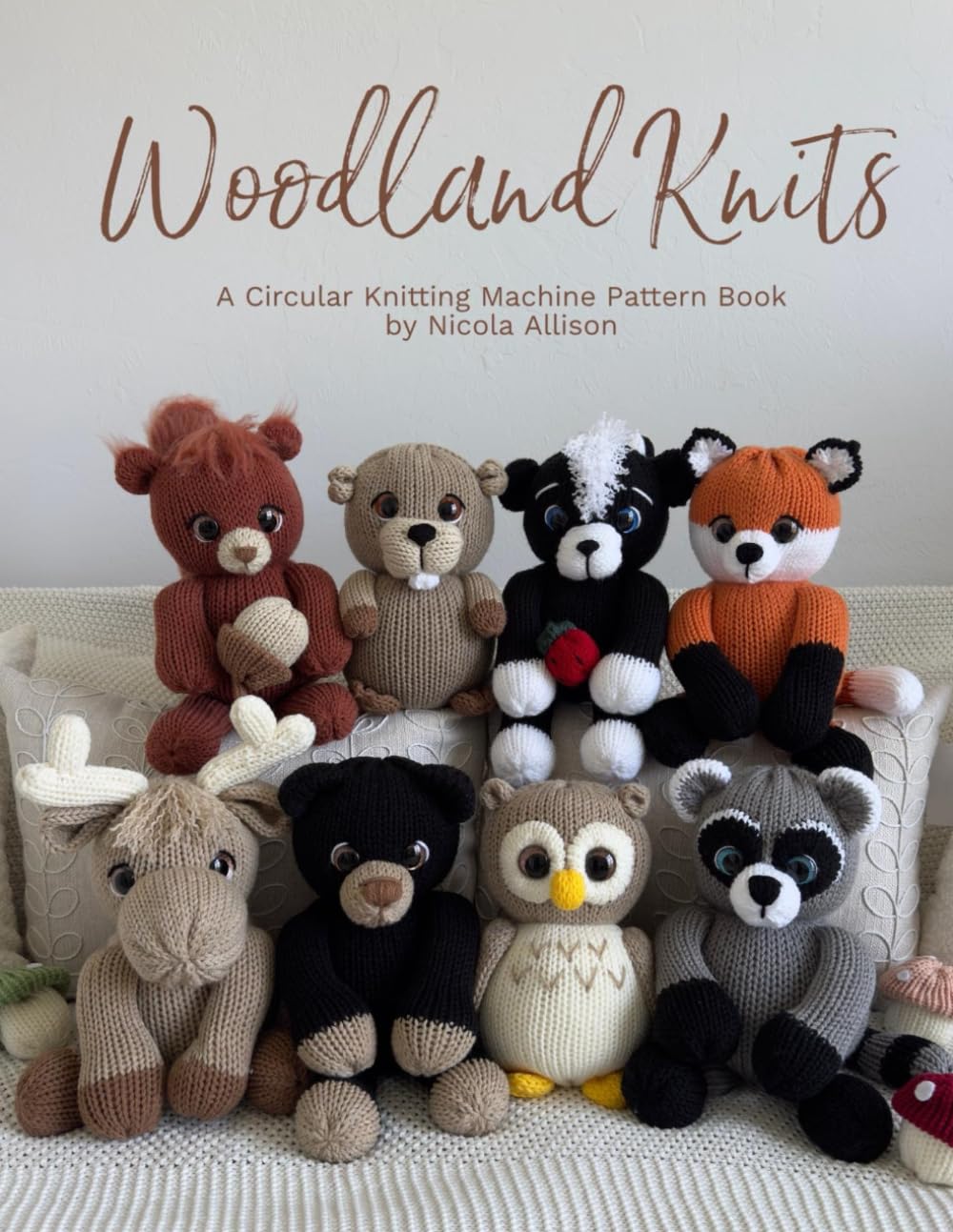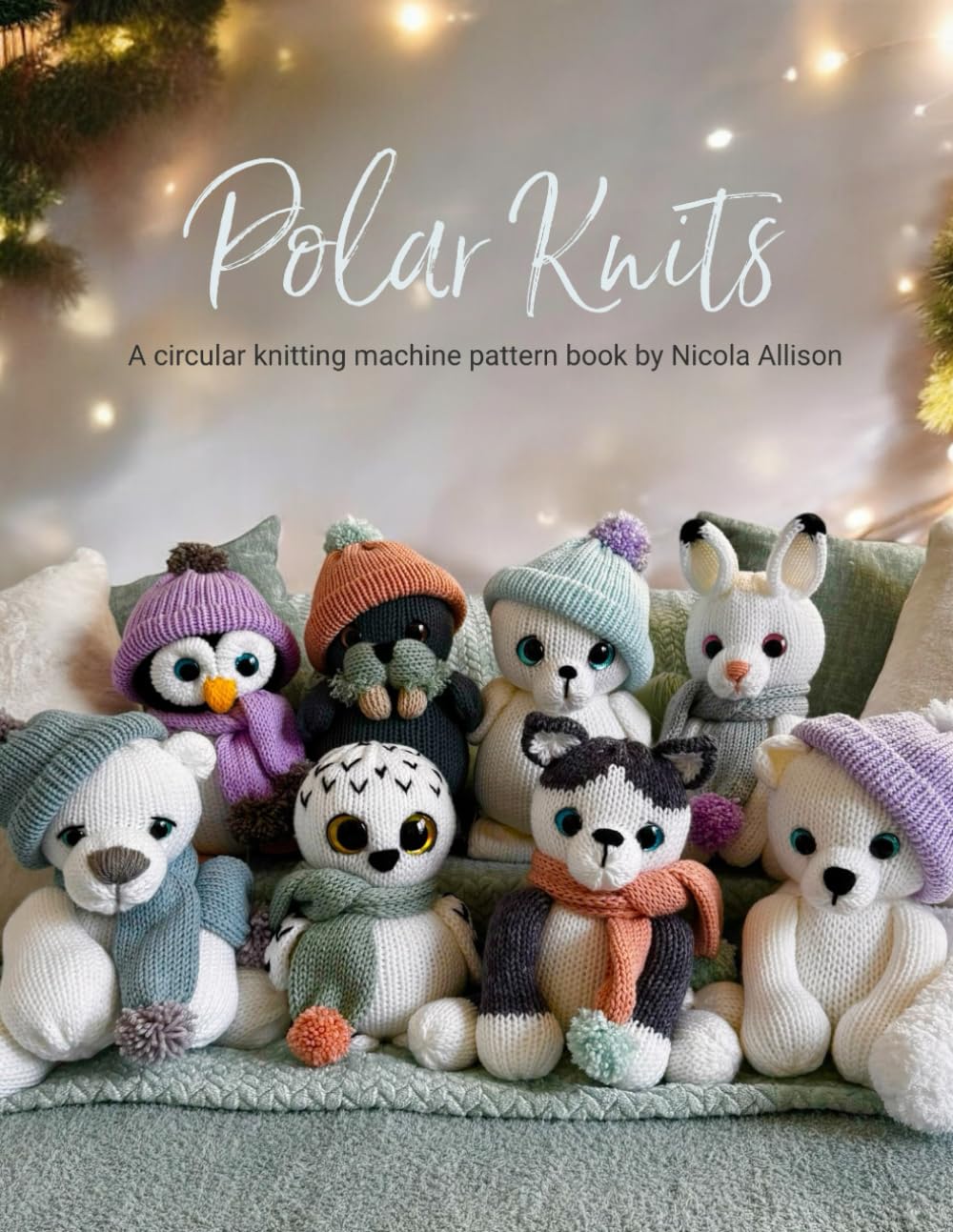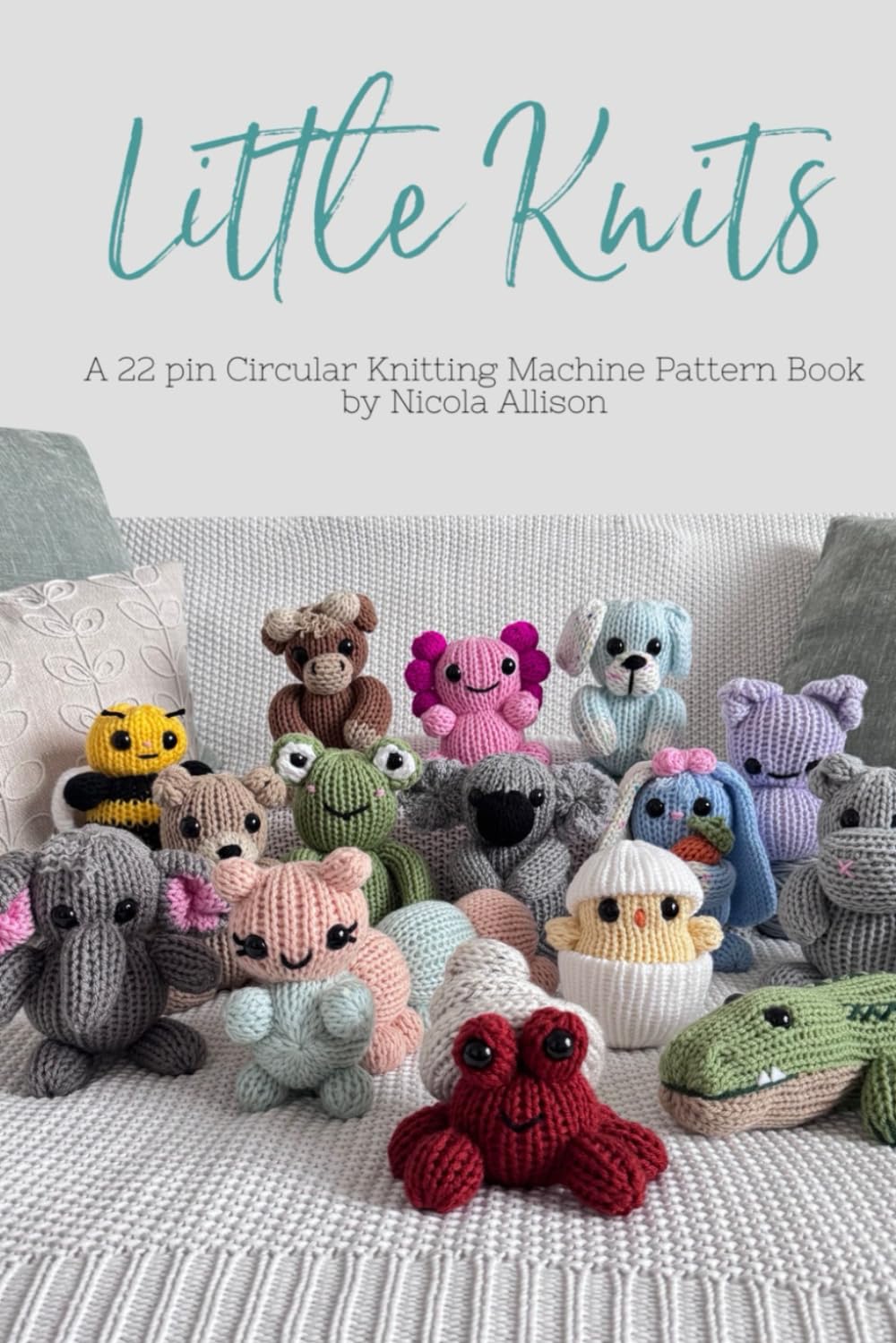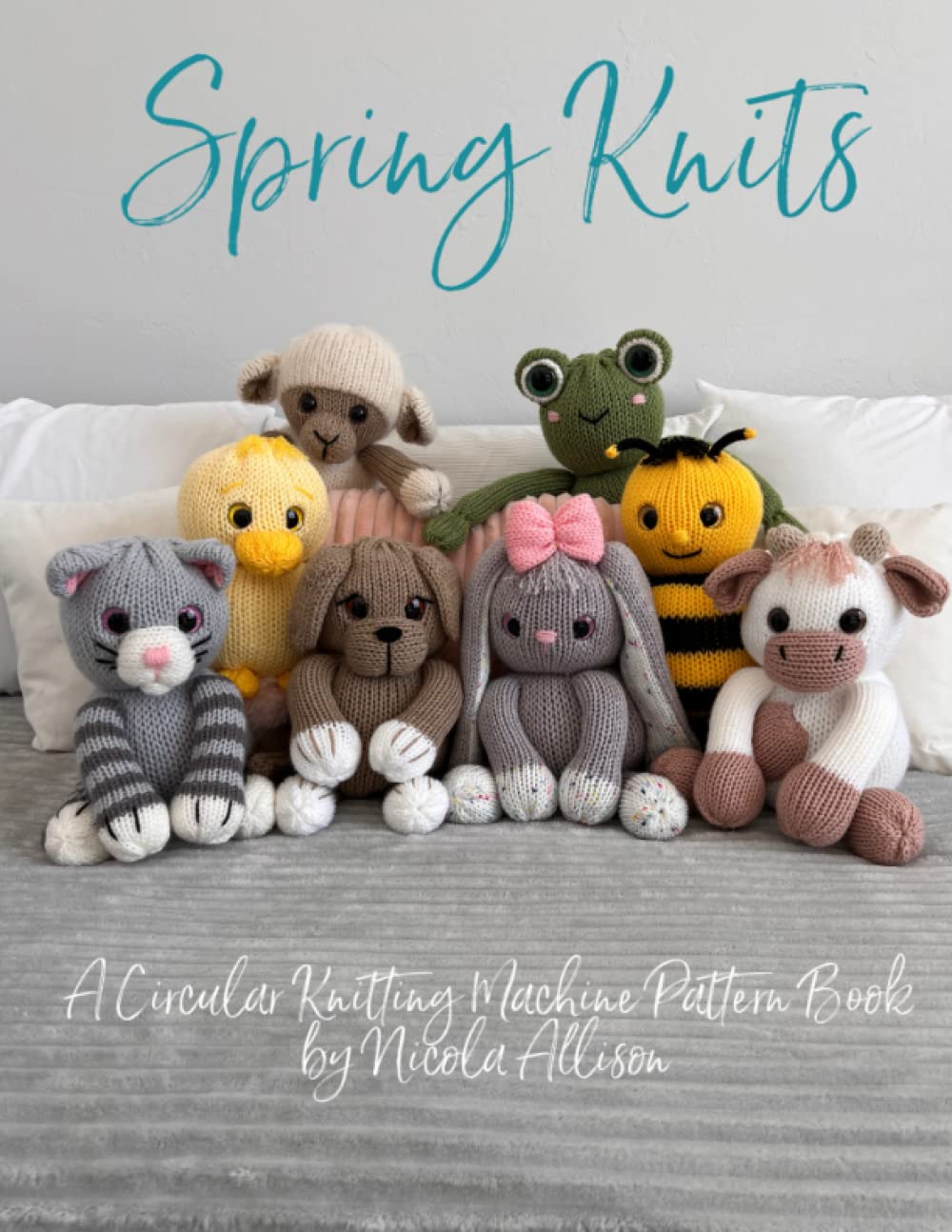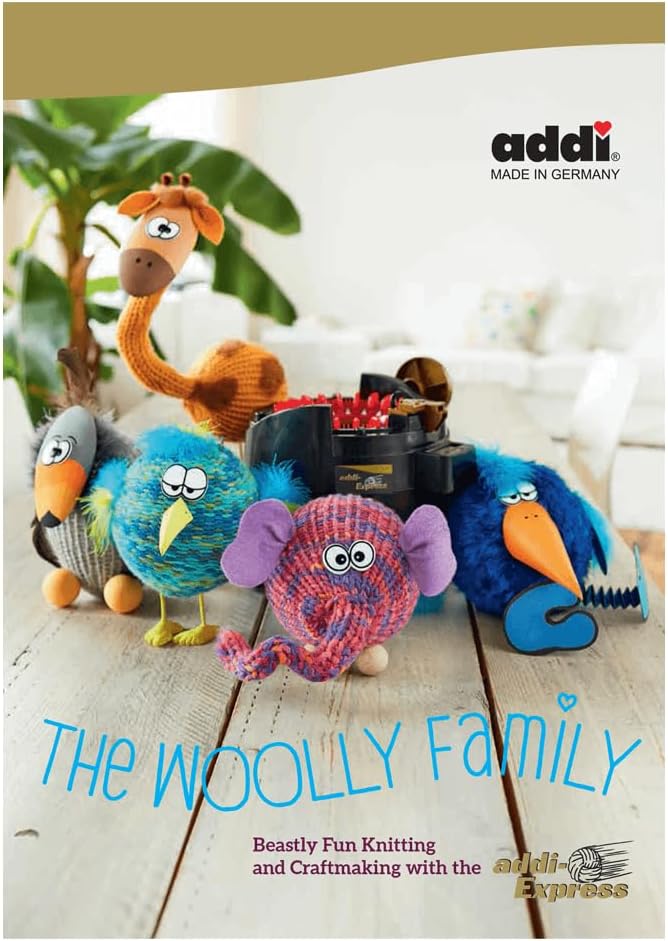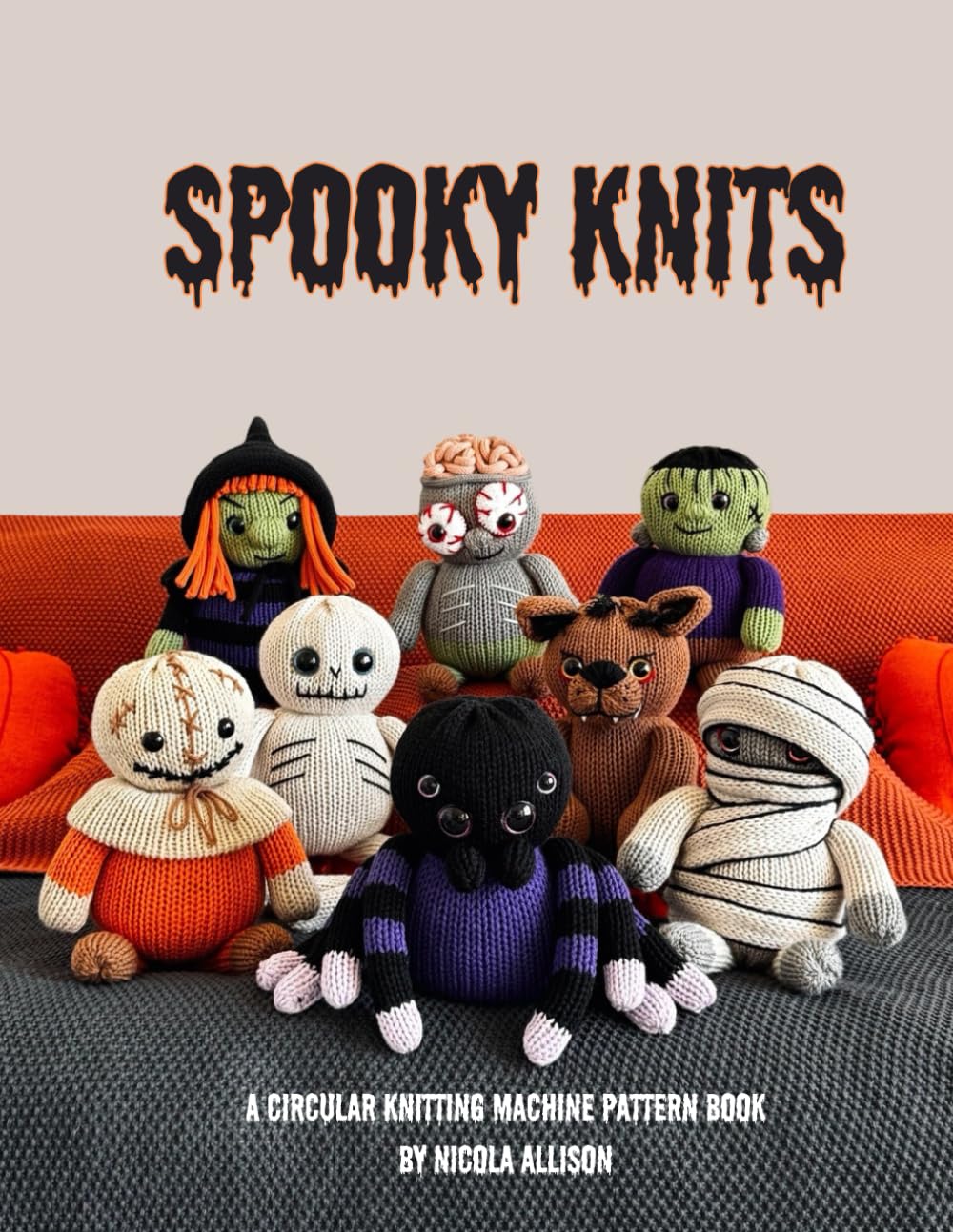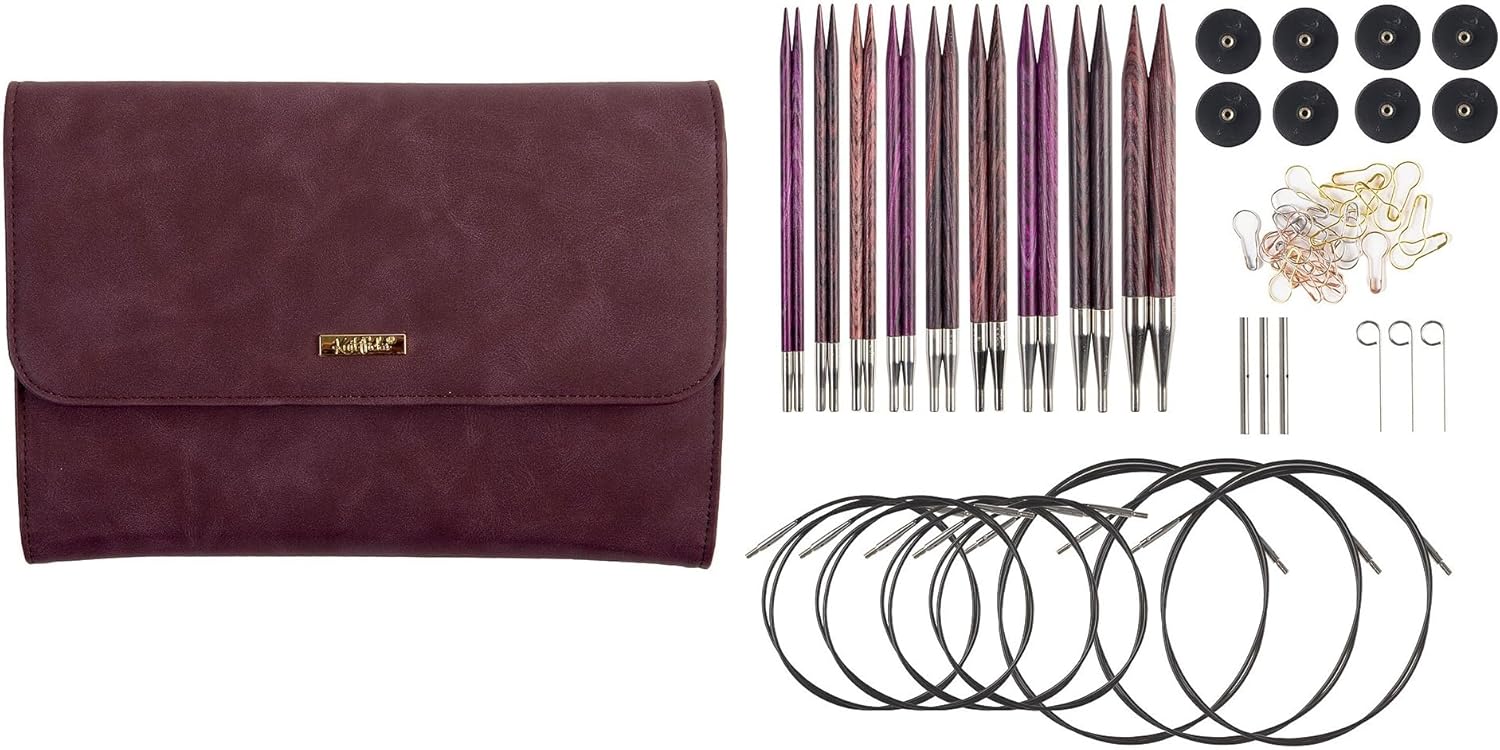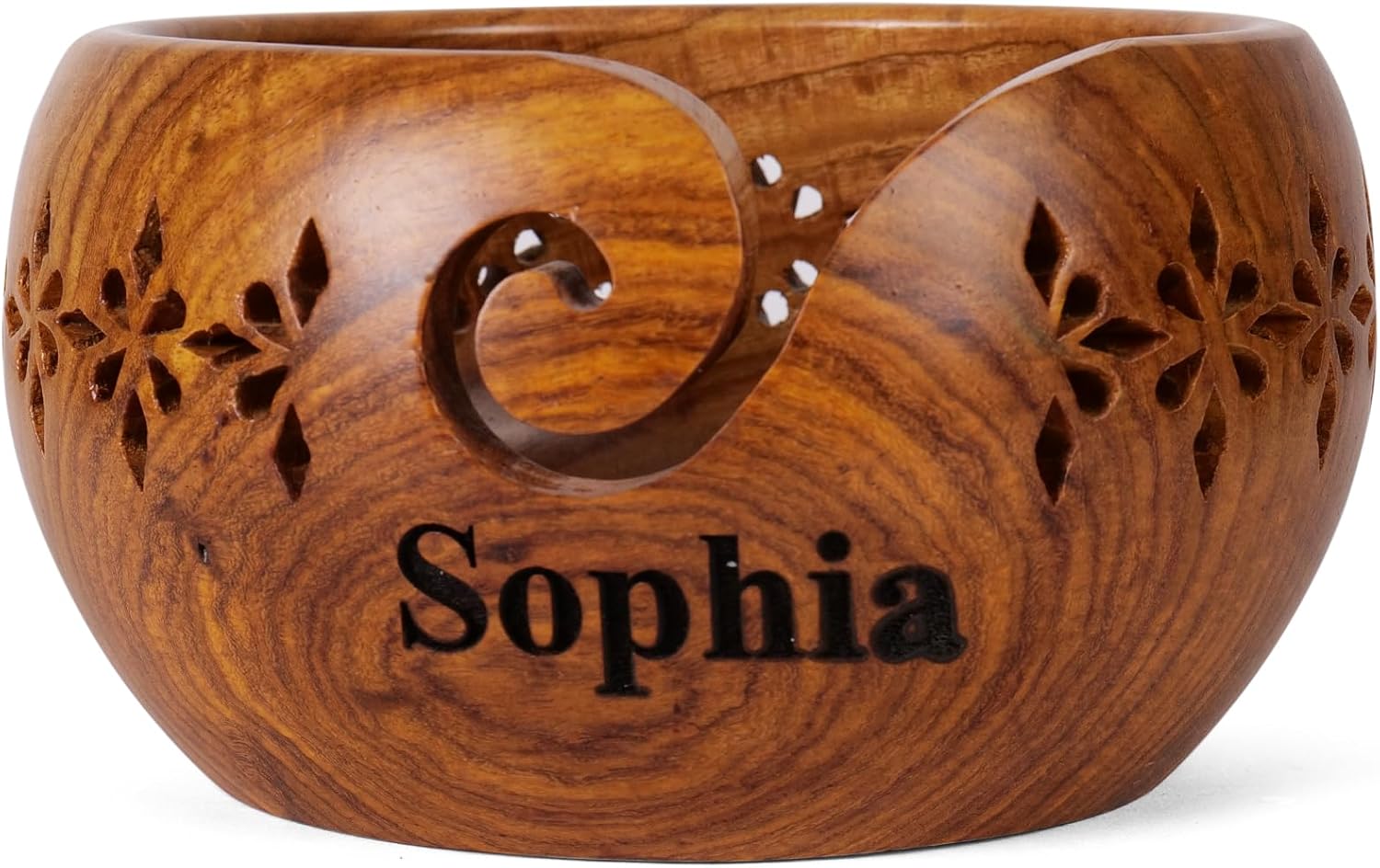Knitting can be more than just a cozy hobby—it’s a fantastic way to turn creativity into profit. Whether you love creating unique designs or you enjoy the meditative process of knitting, launching a knitting business can be both fulfilling and lucrative.
In this post, we’ll explore how to make money from knitting and the benefits of starting a knitting business. You'll learn about the initial investment required, essential equipment like the yarn bowls below, the time commitment, and a full workflow from purchasing supplies to making sellable products.
Why Start a Knitting Business?
If you love knitting, the obvious reason to start a knitting business would be to bring in extra income. People who love to knit are going to knit anyway, so why not get paid for it?
This is a business you can start as a side hustle, on the weekends, when you have extra time, or you can dedicate a block of time each week to work on projects.
Starting a business is an excellent way to get paid for your favorite past time, and it's just one of many ways to get paid for your expertise. Here are some other great reasons to get started.
- Low Startup Costs – Compared to other businesses, a knitting business has a relatively low financial barrier to entry. You don’t need expensive machinery or a large workspace to get started.
- Scalability – You can start as a side hustle and gradually expand by selling online, participating in craft fairs, or wholesaling to local boutiques.
- Handmade Appeal – There’s a growing demand for handmade, high-quality knitwear, especially for eco-conscious and fashion-forward consumers.
- Creative Freedom – Design your own patterns, create custom pieces, and express your creativity through a variety of stitches and yarn choices.
- Work from Anywhere – Whether you’re working from home, a small studio, or while traveling, knitting offers ultimate flexibility.
- Multiple Revenue Streams – Aside from selling finished products, you can also monetize your business by selling patterns, offering knitting classes, or creating digital content like video tutorials.
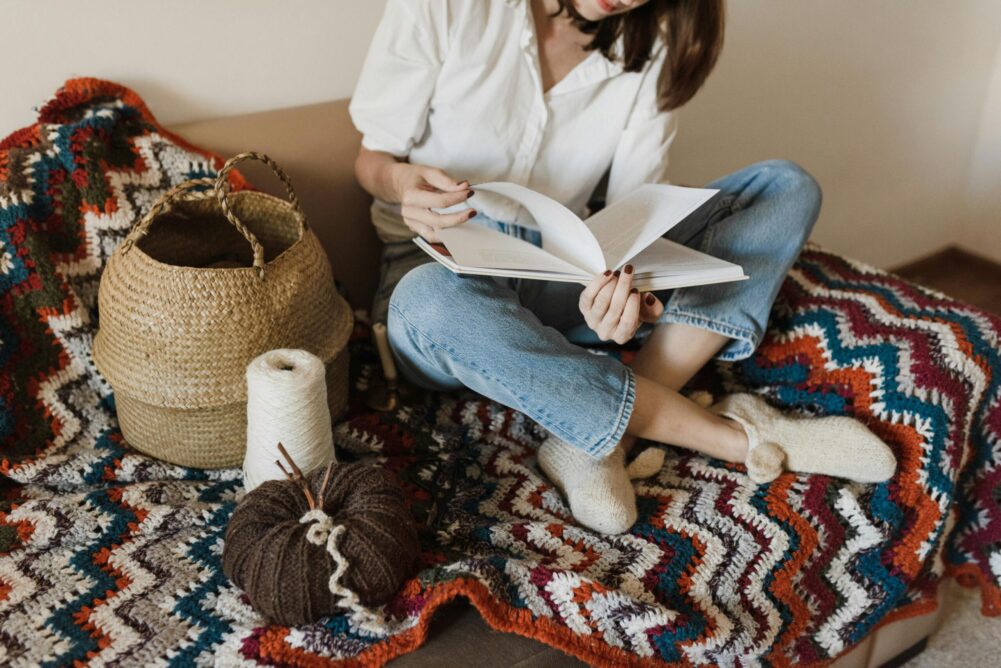
Business Ideas for People Who Love to Knit
- Knitting instructor: Teach others how to knit by creating online courses
- Knitting pattern designer: Create, test and sell knitting patterns that others can use
- Freelance knitter: Take on commissions to knit custom items for brands and clients
- Knitting shop owner: Open a shop and sell your hand knitted items. You can take your shop on the road by participating in craft shows where people can experience your products in person.
- Yarn dyer: Dye yarn for others to use in their knitting
Start with Handmade Products
Using a circular knitting machine is a great way to make products quickly for your knitting business while you learn to knit by hand.
If you already know how to knit, using a knitting machine will help you create more products in less time, enabling you to stock your store as quickly as possible.
Here is the Addi knitting machine we use to create quick and easy products that we supplement with our own handmade creations.
We've also included beginner friendly books that will provide instructions on making quick and easy products you can sell online.
Once you've selected a way to make your products, and identified the niche you'll serve, you'll need a place online to display and sell your products.
The selling platform you choose should make it easy to display and sell your products, one that makes it easy for customers to pay you and receive their order.
How Much Does It Cost to Start a Knitting Business?
Basic Cost Estimate for a Startup
The startup costs will depend on how large you want your business to be starting out. Below is a breakdown of essential expenses:
Expense
Cost
Knitting Needles (Various Sizes)
$50.00 - $100.00
Quality Yarn
$200.00 - $500.00
Stitch Markers, Measuring Tape, Scissors
$20.00 - $50.00
Knitting Patterns (self made or purchased)
$10.00 - $100.00
Packaging & Branding (tags, labels, wrapping)
$50.00 - $150.00
Website/Online Store Setup
$50.00 - $300.00
Business License an Permits
$50.00 - 100.00
Marketing (ads, social media)
$50.00 - $200.00
If you're shipping products there will be costs associated with postage. And you will want to make an investment in bookkeeping tools, staff or software that will help you keep track of your business finances.
Enter your text here...
Essential Equipment
To produce high-quality knitwear efficiently, you’ll need:
- Knitting Needles: Circular, straight, and double-pointed needles in various sizes.
- Yarn: A variety of fibers such as wool, cotton, acrylic, or blends.
- Measuring Tape & Stitch Markers: Essential for sizing accuracy.
- Blocking Mats & Pins: For finishing and shaping garments.
Get the Addi Knitting Machine
Required Time Commitment
The time required to make money from knitting varies. There are lots of variables including your product range, skill level, sales and marketing strategy, work ethic, and business goals.
If you're an experience knitter, you probably know how long it takes you to make knitted items. Those who are just starting out may require more time than what is listed below.
Here’s a rough estimate of the time needed for specific products:
Products
Estimated Time to Complete
| Beanie (Knitted Hat) |
| 4 - 6 hours |
| Scarf |
| 6 - 10 hours |
| Mittens |
| 5 - 8 hours (pair) |
| Socks |
| 10 - 15 hours (pair) |
| Sweater |
| 25 - 50 hours |
If you’re knitting full-time, you can make several items per week. However, if you’re running your business as a side hustle, you may need to plan production around your schedule.
When running your business as a side hustle, consider taking pre-orders to manage your workload around your schedule, while managing customer expectations.
Product Ideas for Summer Months
While many people associate knitting with winter wear, there are plenty of summer-friendly products knitters can create and sell.
Here are five great ideas:
Lightweight Cotton or Linen Shawls – Perfect for breezy summer evenings, these shawls can be designed with open lace patterns to keep them breathable and stylish.
Knit Market Bags – Eco-friendly, reusable market bags made with sturdy cotton yarn are popular for farmers' markets and grocery shopping.
Summer Knit Tank Tops – Knitted camisoles or sleeveless tops using lightweight yarns like bamboo, linen, or cotton can be trendy summer wardrobe additions.
Knit Headbands & Hair Accessories – Boho-style knit headbands, scrunchies, and hair ties made with soft cotton yarn are perfect for keeping hair in place during warm weather.
Beach Cover-Ups & Wraps – Loose-knit tunics or sarong-style wraps can be great accessories for beach goers looking for stylish cover-ups.
Complete Workflow: From Buying Supplies to Selling Finished Products
Step 1: Research & Planning
- Identify your target market (e.g., eco-conscious buyers, luxury knitwear lovers, baby products).
- Research trending knitting patterns and colors.
- Decide on pricing based on material cost and time investment.
- Create policies and procedures for each step in your knitting operation.
If you add staff, you can provide them with your procedures, using it for training ensuring that everyone is on the same page. - If you're knitting as a side hustle, consider taking pre-orders.
Manage your workload and customer expectations by stating something like, "your product will be hand knitted once your order is placed".
Step 2: Buying Supplies
- Purchase high-quality yarn that matches your brand style.
- Invest in needles, tools, and packaging materials.
- Organize supplies in an accessible workspace.
Step 3: Creating the Products
- Choose a Pattern: Use self-made, free, or purchased patterns. The books we've listed above will give you lots of ideas you can use as a start. Using a circular knitting machine is an easier way to create products while you learn to knit by hand.
- Gauge Swatch: Ensure the right stitch count for sizing accuracy.
- Knit the Item: Follow the pattern while tracking progress.
- Block & Finish: Wash, shape, and dry the piece to perfect its look.
- Add Branding: Attach tags, labels, and packaging elements.
Step 4: Photograph & List Your Products
- Take high-quality images in natural lighting.
- Write compelling product descriptions.
- Price competitively, factoring in materials, labor, and profit margin.
- Monitor the time it takes to create each product type. Use your product time frame in your listing to give potential customers an idea of when they can expect to receive their items.
For example, if it takes you an average of 5 days to create a poncho, you can list production time as 5 days for that product type. You will also want to include the time it will take for shipment in your listing. - List items on your website, Etsy, Shopify, or social media marketplaces.
Step 5: Marketing & Selling
- Utilize social media platforms like Instagram, TikTok, Pinterest, and Facebook to promote your products, driving traffic to your shop.
- Start a blog or YouTube channel to showcase knitting tips and drive traffic to your shop.
- Offer promotions, bundle deals, or seasonal discounts.
- Engage with customers through email newsletters and behind-the-scenes content.
Step 6: Fulfilling Orders & Customer Service
- Package orders neatly and include a thank-you note.
- Ship promptly using reliable services.
- Offer excellent customer service to build repeat business and positive reviews.
Final Thoughts
Enter your text here...
Starting a knitting business can be a rewarding and profitable endeavor if you approach it strategically. Using productivity tools like the personalized yarn bowl shown.
Enter your text here...
And the Addi circular knitting machine, with beginner friendly ease of use ensures that you can keep your store supplied with the latest inventory without spending the entire day knitting.
With a relatively low startup cost, essential tools, and a commitment to quality craftsmanship, you can turn your passion into a sustainable income stream.
Whether you’re making beanies, scarves, mittens, socks, or sweaters, the key to success lies in effective planning, branding, and customer engagement.
